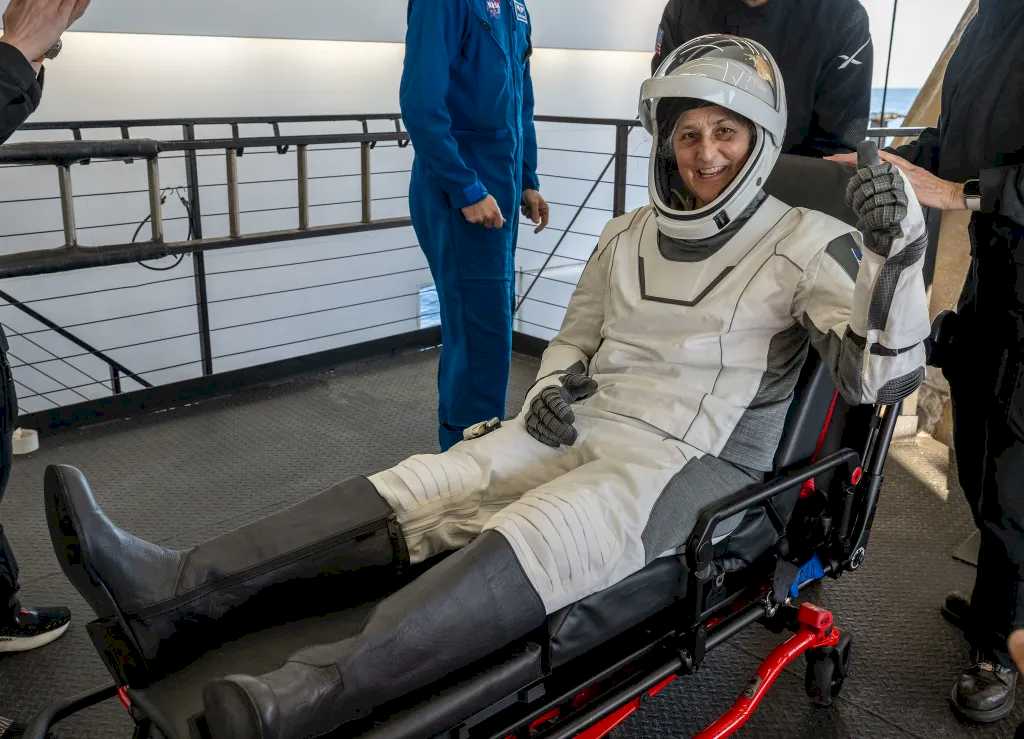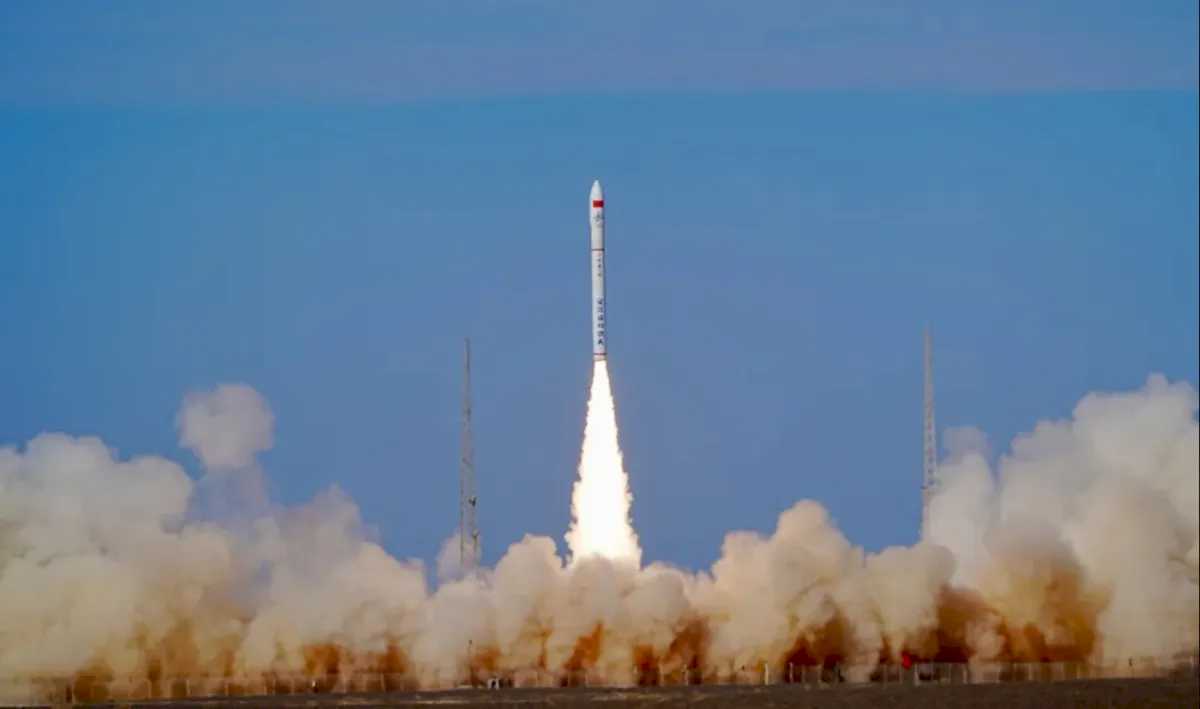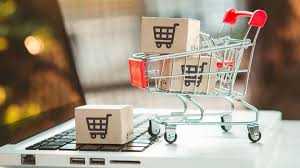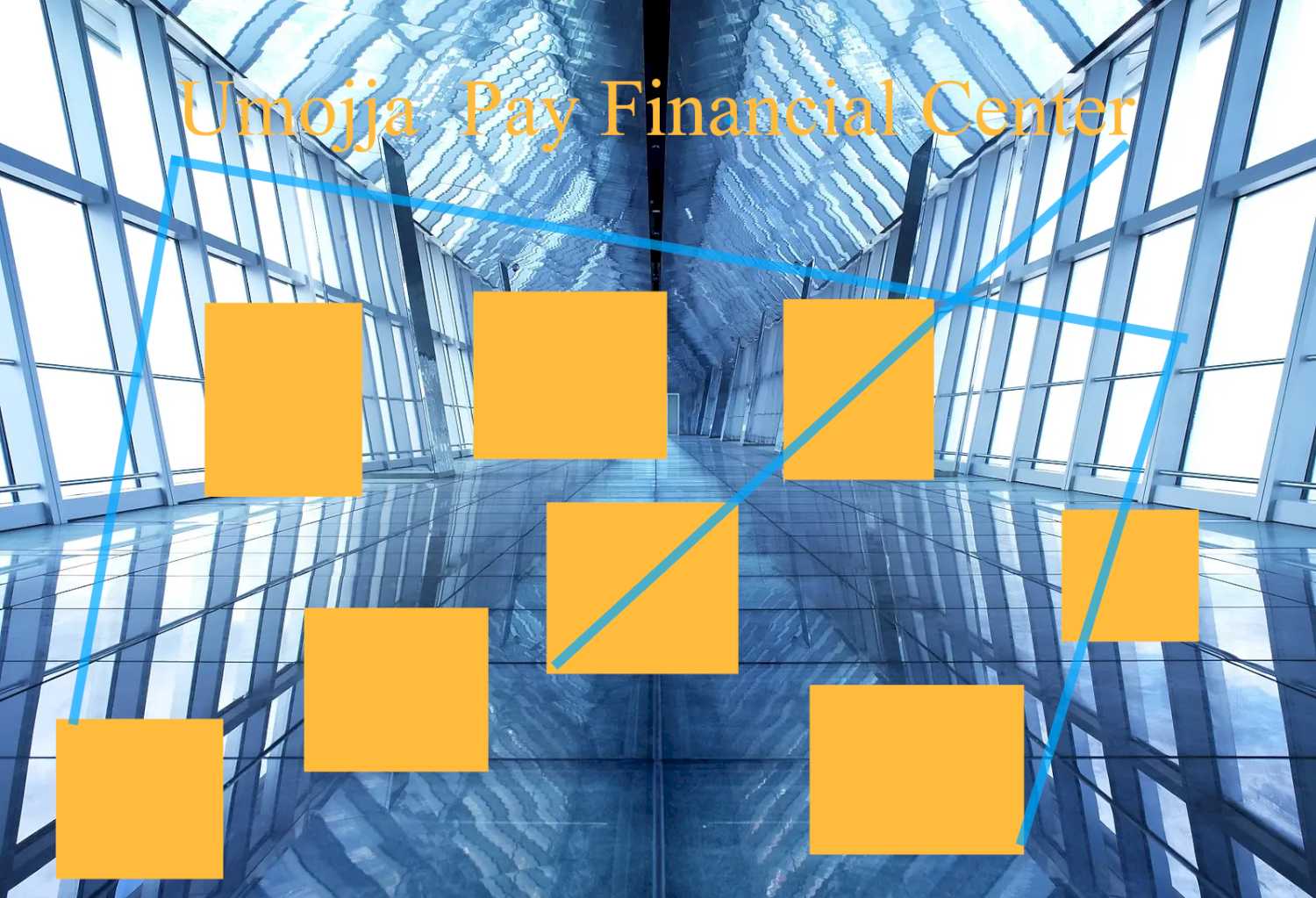Chinese company targets crewed orbital #spaceflight .
HELSINKI — A Chinese space company is setting its sights on crewed orbital #spaceflight, marking a new step in the expansion of China’s commercial space sector.
Zhang Xiaomin, chairman of Beijing Ziwei Yutong Technology Co., Ltd., also known as #AZSpace, told the #Chinese outlet Securities Daily last week that, “we plan to officially conduct orbital manned flight tests in 2027 or 2028.”
So far, China’s human spaceflight missions have been carried out solely by China’s human spaceflight agency, CMSA, using Long March 2F rockets and Shenzhou spacecraft, but this may now change in the coming years.
Founded in 2019, AZSpace focuses on spacecraft manufacturing and space tourism, with backing from venture capital firms. Its newly announced crewed orbital plans mark a significant expansion of its ambitions. However, key details—such as funding sources and potential state support—remain unclear.
This follows China’s central government designating commercial space a key emerging industry to be supported and promoted. Local and provincial governments are also seeking to attract commercial space companies and foster space ecosystems.
It was not made clear where funding for AZSpace’s plans comes from, or if the statement will lead to investor interest. It is also unknown if, or to what extent, the company will have access to state-owned technology for its reusable and crewed spacecraft plans.
More concretely, Zhang laid out company plans for 2025. It will conduct a launch of the self-developed B300 spacecraft, and later launch the more advanced DEAR-5 spacecraft.
The company plans to carry out these two flights in July and September this year respectively, with Zhang adding that the spacecraft will conduct on-orbit docking verification and reentry tests.
This follows the launch of DEAR-1 in December 2023 aboard an iSpace Hyperbola-1 solid propellant rocket. That spacecraft remains in orbit, and it is unclear if it is, or was, intended to deliberately reenter as part of its mission. The DEAR-3 microgravity research platform, which is based on the B300 and has a payload capacity of up to 300 kilograms, was lost on the failed Kinetica-1 rocket launch in December last year.
DEAR-5 will have improved payload capacity and service capabilities over DEAR-3. It is equipped with a self-developed intelligent payload management system, to meet more complex user needs.
AZSpace is also developing the C2000 spacecraft which will have a payload capacity of 2,000 kg as a stepping stone to crewed spacecraft. The timeline for the latter appears highly ambitious and no launch partner was mentioned.
It is not the only Chinese commercial company targeting space tourism. Launch companies CAS Space and Deep Blue Aerospace are developing suborbital spacecraft to provide services similar to those of Blue Origin and its New Shepard system. Another, younger spacecraft manufacturer, Interstellor, is also working on a spacecraft for suborbital tourism.
China is currently considering expanding the Tiangong space station and opening it to tourist visits, though no details of how the latter would work have been provided.
China began opening its space sector to commercial activities and private capital in late 2014. Initial efforts were largely restricted to small launch vehicles and small satellites, before expanding to ever-larger, liquid propellant launchers with potential reusability, a range of space systems and applications, remote sensing and communications constellations and, recently low-cost, reusable cargo spacecraft to serve the Tiangong space station. Two low Earth orbit megaconstellations are seen as a source of contracts with which commercial launch companies may establish themselves.
With AZSpace now pushing for crewed orbital spaceflight, China’s commercial sector may be entering a new era in which private firms undertake human spaceflight alongside China’s state-run human spaceflight agency.


















Space news on Umojja.com